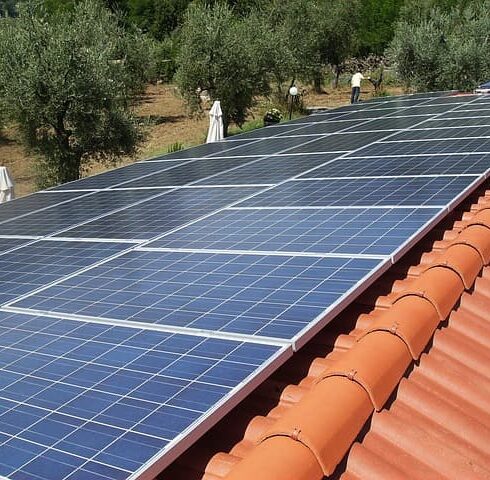Renewable Power Generation Costs in 2023
Power generation has experienced remarkable transformation since the industrial revolution. Not only have we been able to secure more power generation sources, but we have also been able to significantly improve and increase the quantity produced while consumption keeps rising.
Energy consumption has rapidly increased since the 1950s, notably due to economic development, advancement of technology, and an increase in population.
The world’s population is estimated at 8 billion compared to 2.5 billion people in 1950.
Global energy consumption in 2021 was about 176,431 terawatt-hours compared to the 28,564 terawatt-hours consumed in 1950. A report by Economic Intelligence (EIU) predicted it to grow further by 1.3% in 2023.
The increase in energy consumption and the resulting climate risk have raised concerns across nations. Renewable power, a low-carbon source, has been discovered to be a better source of power generation as it is environmentally friendly.
What Is Renewable Energy?
Renewal energy is derived from replenishable natural sources. The rate at which the energy is consumed is usually lower than the rate it is replenished hence causing no harm to nature.
Sources of renewable energy;
- Solar energy (the most abundant)
- Wind energy
- Ocean energy
- Bioenergy
- Geothermal energy
- Hydropower
What Other Power Generation Alternatives Are Available?
Generally, energy sources are divided into three: fossil fuels, natural gas, and renewable energy.
As of 2020, only 12% of the global energy is from renewable energy. Nuclear energy, another low-carbon source, accounts for only 4%, while fossil fuels account for the remaining 84%.
Fossil fuels
Fossil fuels are hydrocarbon-containing materials formed from the remains of ancient organisms. They generate the most energy consumed globally. Also, based on availability, their power generation percentage varies from country to country.
The most common fossil fuels include;
Coal
It is one of the most used energy sources globally and the second-largest energy source for U.S. electricity generation in 2021, according to the U.S. Energy Information Administration (IEA). Power generated from coal in the U.S. was about 22%.
Natural gas
Natural gas accounts for about 30% of the energy used in the U.S., with 40% used in electric power production and the remaining split between residential and commercial uses like cooking and heating.
Oil
According to the International Energy Agency (IEA), oil is the most used energy source in the world as of 2019. It accounts for about 40.4% of total final consumption by source.
Nuclear energy
Nuclear energy, also called atomic energy, is released from the nucleus, the core of atoms. The nucleus comprises protons and neutrons.
The energy is produced either by fission or fusion. Fission is when the nuclei of atoms split into several parts, while fusion is when they fuse.
Nuclear energy, like renewable energy sources, is a low-carbon source.
Cost of Renewable Power Generation in 2023
At the time of invention, renewable power generation was considered expensive and not cost-effective compared to other power generation sources despite its numerous benefits.
Factors that contributed to the high cost at the time were;
- Merchant monopoly: Only a few companies worldwide are invested in renewable energy production compared to alternative energy sources. The few companies can change prices at will since there was little to no competition.
- Installation: Compared to alternatives, efficiently installing renewable energy in an urban area is tougher. Unlike giant wind turbines and hydropower dams, factories using fossil fuels can be easily cited close to a bustling metropolis.
- Cost of operation: With the energy-generating plants cited far away from residential areas, it would cost a lot to run wires to distribute the energy generated from these renewable energy sources.
However, this has changed, notably due to the increased use of solar power generation, which is easier to install and distribute.
Likewise, solar photovoltaic (solar PV) module prices recorded a 90% reduction since 2009, while wind turbine prices have fallen by 49-78% since 2010.
There is also increased investment in renewable energy as more governmental policies are implemented yearly to tackle climate challenges.
A 2022 report by the International Renewable Energy Agency Renewable (IREA) revealed that renewable energy is the world’s cheapest energy source.
In 2010, electricity generated from solar PV cost an average of $378. This significantly reduced to just $68 in 2019. Similarly, onshore wind costs about $86 in 2010 and tumbled to $53 in 2019.
This trend will continue in 2023 as more industries embrace renewable power generation against non-renewables. Governmental policies will also promote its adoption.
Conclusion
The cost of capital (CoC) for renewable power generation is a key determinant of consumer cost. More research and innovations will undoubtedly reduce the cost of renewable power generation and its usage.
With an increase in the number of industry players, more competition will invariably reduce the cost charged to consumers.





